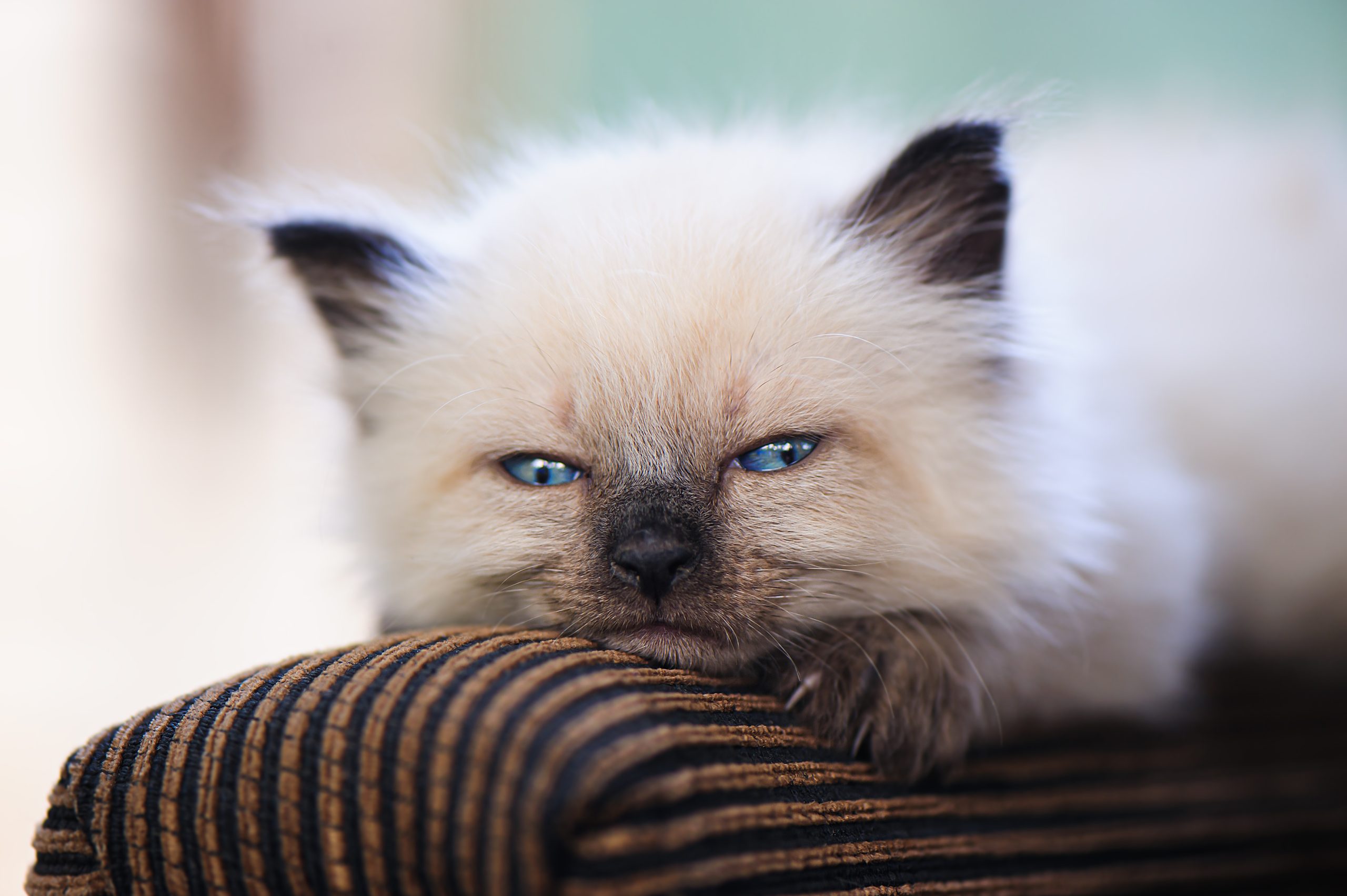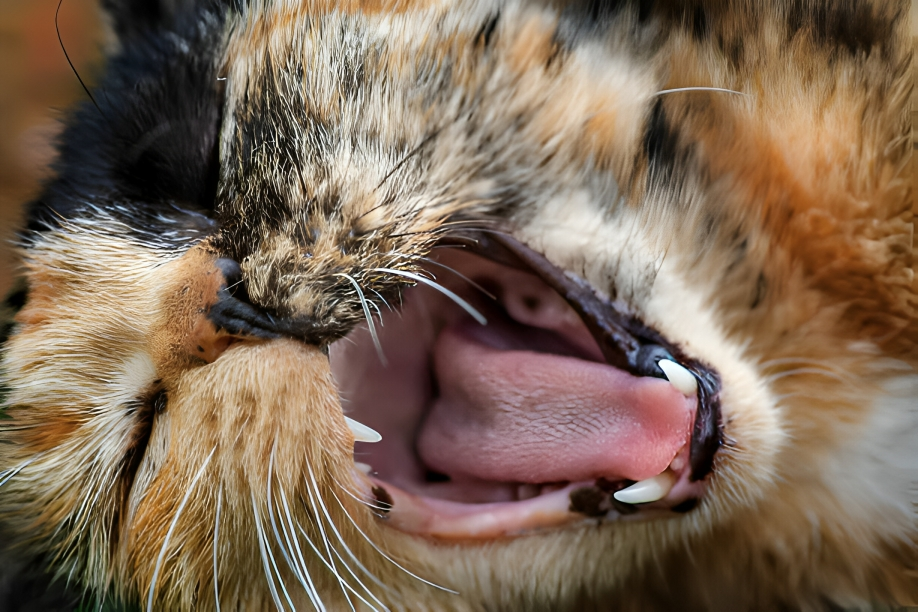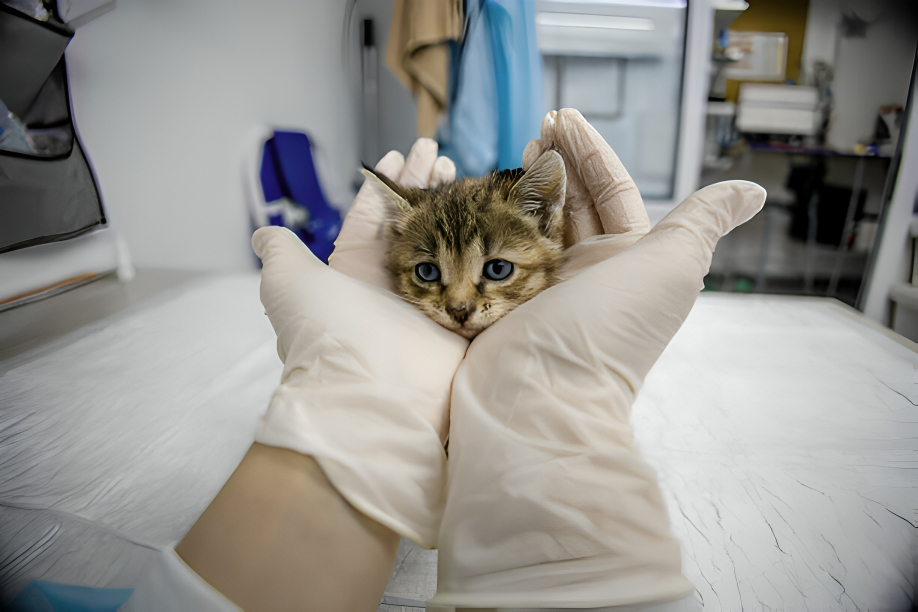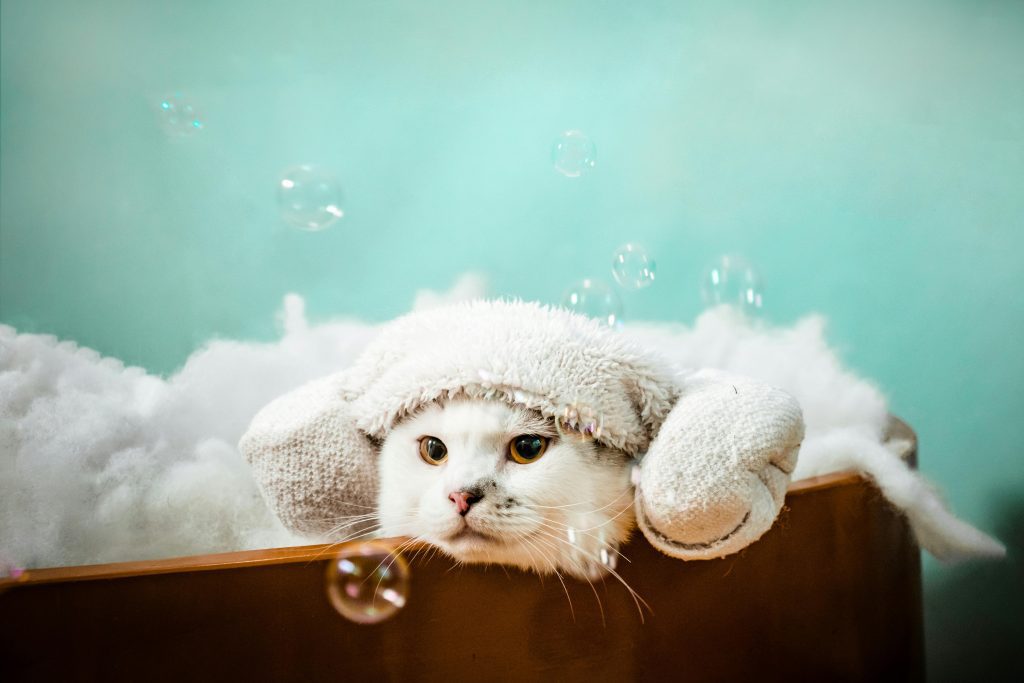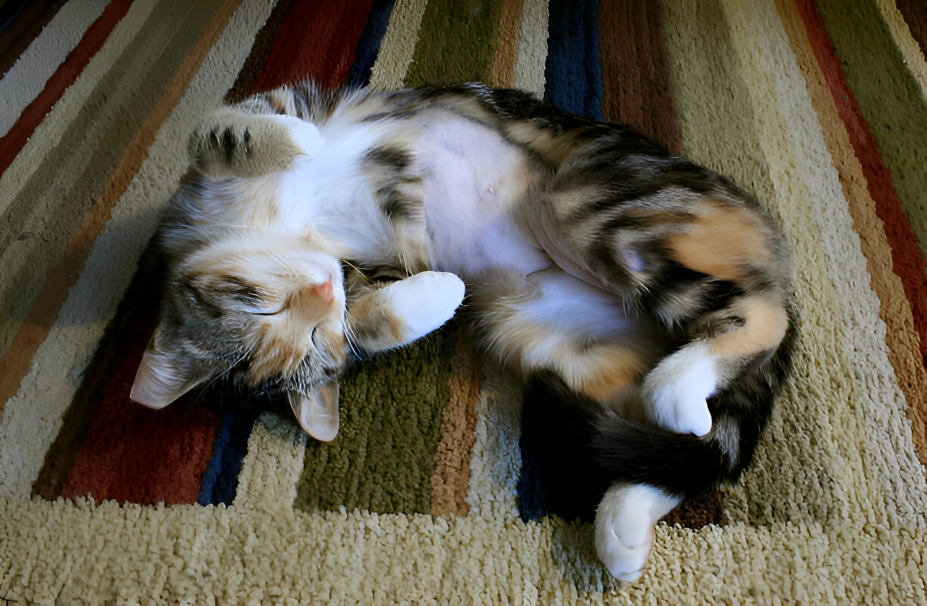Ragdolls are famously gentle, quiet, and affectionate — qualities that make them wonderful companions, but also masters at hiding pain. This stoic nature, rooted in feline survival instincts, means you won’t hear dramatic cries or see obvious limps.
Instead, discomfort often shows up as tiny shifts: a skipped window nap, less grooming, or avoiding your touch. Many owners brush these changes off as aging or moodiness, when in reality, they can be early warnings of illness.
Spotting these subtle signs early could spare your Ragdoll pain — and you, heartache. As a Ragdoll owner myself, I know how easy it is to overlook them. In the sections ahead, you’ll learn the 9 telltale signs your Ragdoll may be in pain — before it’s too late.
1 – Sudden Changes in Activity Level
Ragdolls are usually calm and playful. If they suddenly stop playing or become restless, it could be a sign of pain. Pain often triggers pacing, agitation, or sleepless nights. Conditions like arthritis, hidden injuries, or internal illness may be the cause.
Ask yourself: Has my Ragdoll stopped joining games or started roaming at odd hours? If these changes appear suddenly or last more than 48 hours, consult your vet promptly to rule out pain.
You Might Also Like
2 – Altered Posture & Body Language
Pain in Ragdolls often reveals itself through subtle shifts in posture that many owners mistake for normal resting. Watch for a hunched back, head lowered below the shoulders, belly tightly tucked, or legs drawn closely under the body.
Cats with abdominal pain may avoid lying flat, keep their abdomen tense, or breathe shallowly while resting. Joint or limb discomfort can cause lopsided sitting, frequent position changes, or reluctance to stretch.
If your Ragdoll’s usual relaxed sprawl — I know mine loves to flop like a ragdoll — is replaced by guarded, stiff, or restless postures, it’s worth noting. If this change lasts more than 48 hours, it may be their silent way of saying they hurt.
You may also notice changes in their facial expressions, which are another subtle pain cue we’ll cover next.
3 – Facial Expressions That Signal Discomfort
Your Ragdoll’s face can quietly reveal discomfort long before other symptoms appear. Signs include flattened or rotated ears, narrowed or squinted eyes, a tense muzzle, and sometimes whiskers pulled forward or down.
Vets often use the Feline Grimace Scale to score these cues — ears, eyes, muzzle, whiskers, and head position — on a 0–2 scale to gauge pain. Ragdolls, with their naturally serene expressions, may make these changes subtle, so compare them to their usual relaxed look.
A tiny squint might seem cute, but it can mean they’re hurting. If you notice persistent squinting, ear changes, or facial tension, especially alongside reduced grooming or play, log the signs and talk to your vet. Catching these signs early can spare your cat more discomfort.
You Might Also Like
4 – Vocalizing More (or Less) Than Usual
A sudden change in your Ragdoll’s meow might be their only way to say they’re hurt. Increased meowing—especially loud, drawn-out, or at unusual times—may point to discomfort from issues like bladder inflammation, injury, or arthritis.
Unusual silence in a normally chatty cat can be just as telling, hinting at dental discomfort, internal illness, or fatigue from chronic discomfort. To assess:
- Know their baseline vocal habits.
- Note when the change happens (during movement, rest, or litter box visits).
- Record and compare with past behavior.
If the shift is sudden or paired with appetite loss, hiding, or stiffness, contact your vet. Even a whisper—or the absence of one—can be a cry for help.
5 – Grooming Changes — Over-Grooming or Neglect
Your Ragdoll’s grooming habits can quietly reveal pain long before limping or loud cries appear. Over-grooming — especially on one spot like the lower back, belly, or joints — often signals arthritis, skin irritation, or internal discomfort.
Neglected grooming, where the coat becomes matted, greasy, or flaky, may point to dental pain, arthritis, or a systemic issue making self-care too uncomfortable. Look for:
- Excessive licking in a localized area.
- Mats or dull coat despite normal shedding.
- Flinching when brushed in certain spots.
Keep notes for a week on what you see, then share them with your vet. Think of your cat’s fur as their health journal — sudden changes deserve your attention.
You Might Also Like
6 – Changes in Eating & Drinking Habits
A sudden shift in your Ragdoll’s appetite or thirst can be an early discomfort signal, not just fussiness. Loss of appetite may point to dental disease, nausea, or internal discomfort, while chewing oddly or dropping food can mean oral pain.
A preference for soft food often means they’re avoiding the ache of crunching kibble. Drinking less water risks dehydration, which can make pain and health issues worse. Watch for:
- Skipping meals or leaving food untouched.
- Dropping kibble or chewing on one side.
- Sudden drop in water intake.
I knew something was wrong when my own Ragdoll ignored her favorite kibble — your cat’s food and water bowls often speak volumes if you know how to listen.
7 – Litter Box Avoidance or Accidents
If your Ragdoll suddenly starts peeing or pooping outside the litter box, don’t rush to label it stubbornness — it could be discomfort. Arthritis or spinal pain can make squatting difficult, while UTIs, bladder inflammation, or constipation can cause painful elimination. Cats may even avoid the box entirely if they’ve learned to associate it with discomfort. Watch for:
- Peeing right next to the box.
- Straining or vocalizing inside.
- Licking the genital area after use.
Try softer litter, low-sided boxes, and keep boxes easily accessible. If accidents persist beyond a day or two, see a vet — litter box troubles often whisper pain before bigger symptoms shout it.
You Might Also Like
Why Does My Ragdoll Cat Not Use the Litter Box? | CatsQuestion
8 – Aggression, Irritability, or Withdrawal
If your normally sweet, laid-back Ragdoll suddenly starts swatting, growling, or hiding, pain could be the real culprit. Even gentle breeds can become irritable when touched in sore areas or retreat to avoid handling. Watch for:
- Aggression when lifted or petted in certain spots.
- Withdrawal from favorite cuddle routines.
- Hissing or growling during grooming.
These aren’t signs of a “bad” cat — they’re signals of distress. Avoid punishment, give your cat space, and track patterns in behavior. In Ragdolls, even subtle personality shifts often mean something deeper than moodiness — they can be your first clue to hidden discomfort.
You Might Also Like
9 – Difficulty Moving or Jumping
If your Ragdoll hesitates before jumping or struggles with climbing, it’s more than just aging — it could signal pain.
According to the American Association of Feline Practitioners, subtle mobility changes — like hesitation to jump, reduced climbing, or an altered gait — are among the top early signs of chronic pain in cats.
Ragdolls’ heavier build can put extra stress on joints, leading to arthritis, hip issues, or soft tissue injuries.
Watch for stiffness, limping, or awkward posture. Notice hesitation or “calculating” before jumps, changes in gait, or difficulty turning.
Set up ramps, step stools, or soft mats to make moving easier. Don’t dismiss these clues — early vet care can make a big difference in comfort and mobility.
Final Thoughts
You are your Ragdoll’s best advocate — even subtle behavior changes matter and deserve your attention.
Early recognition and timely vet care can make all the difference in your cat’s comfort and quality of life. Keep a simple daily log of mood, movement, and appetite to catch small signs before they grow.
- Observe carefully
- Document changes
- Consult your vet without delay
Remember, cats don’t just “deal with illness silently.” Your watchful eye keeps them safe. That’s how I keep my own Ragdoll purring — one careful check at a time. If you notice any of these 9 signs, schedule a vet check, and if you’ve got a story, share it — your experience might help another Ragdoll parent.
Founder of Cats Question, a veterinarian (DVM), and lifelong cat enthusiast with hands-on experience in feline care. Passionate about helping cat owners through expert-backed, compassionate advice inspired by years of living and learning alongside cats.
